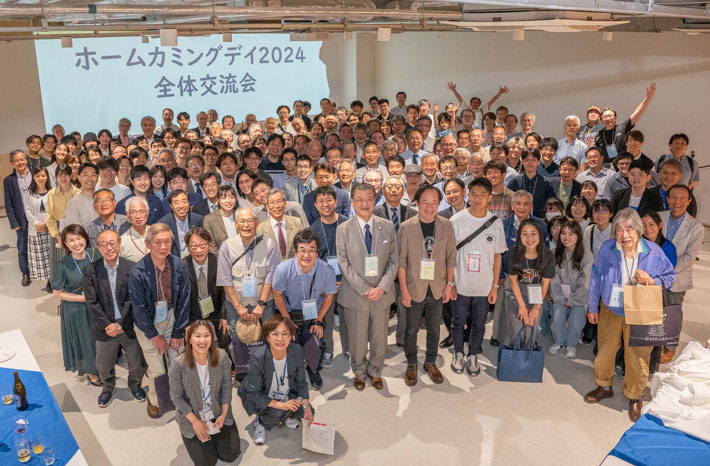Mildura area students swapped indoor learning for an immersive, hands-on experience in the great outdoors on Wednesday to learn more about their special part of the Murray-Darling Basin.
Over 40 Coomealla High School and Dareton, Pomona and Buronga Public School students spent the day engaged in a range of environmental activities at the Bottle Bend Reserve Gala Day.
Dipping nets into water collecting water bugs. Learning about Indigenous art. Identifying native and introduced fish species. Understanding what makes a healthy river habitat. These were just some of the fun activities enjoyed by the young people.
In partnership with the Murray-Darling Basin Authority (MDBA), Petaurus Education Group is delivering the Basin Heroes pilot program to schools in the Basin, including the Mildura region at Bottle Bend Reserve.
The MDBA’s Mildura Regional Manager Dr Andrew Kremor said it’s important that young people in river communities understand the wider significance of their part of the Basin, for future generations.
“We’re so pleased to be delivering this pilot program with Petaurus,” Dr Kremor said.
“Water is the lifeblood of our regional communities. The MDBA wants to show our younger generation how communities rely on a healthy river system for drinking water, food production, tourism, and cultural practices.”
Community members, First Nations, educators, scientists and the MDBA were on-hand managing activities to help students better understand the significance of Bottle Bend Reserve and the Murray-Darling Basin.
Students explored the area with Basin Heroes Peter and Jeanie Kelly, learning why tourism and rehabilitation are essential for their river system and their futures. They also covered how tourism can be a boon to their local economy and help visitors understand the environmental significance of the area.
Indigenous artist and Paakantyi Maraura man Corey Payne showed students how Indigenous art can tell stories about Country, now and its history, including Bottle Bend Reserve.
Fish was on the agenda, not menu, for Local Aboriginal Land Council member, Vanessa Anderson. Students learnt which fish lived in the Murray-Darling Basin, particularly at Bottle Bend Reserve. They identified which fish were native, which were introduced, the damage introduced species can cause and how to help the native fish thrive.
Healthy river systems also provide habitat for animals and plants. Western Local Land Services’ Kaye Gottschutzke showed students how healthy water systems provided diversity of life for animals and plants, some of which might not be found elsewhere.
MDBA River Management Director Nick Sheahan explained to the students why a healthy river was important to them and their community, and the beauty of the natural floodplain. Not letting a chance go by and looking to the Basin’s future, Mr Sheahan also spoke to students about the work he does in the water industry and the opportunities for them to work to protect the river’s future.
Under the guidance of Petaurus Education Group Program Coordinator Caitlin Lawrence, students dipped nets into Bottle Bend Reserve for a water bug survey. These surveys identify the type and volumes of water bugs that live in the area. Students were able to understand how these surveys help indicate a river system’s health.
“Students will also develop a case study book on their experience with Basin Hero Peter Kelly, culminating in a Celebration Day book launch,” Ms Lawrence said.
“It was fantastic that after many delays due to COVID, the team is working with Basin schools and communities to improve their knowledge and appreciation of the freshwater ecosystems of the Basin. We have also highlighted the Basin’s importance for agriculture and communities.”
The Murray-Darling Basin is home to 2.3 million Australians including more than 40 First Nations. It’s home to 16 internationally significant wetlands, 35 endangered species and 120 different species of waterbirds.
Around 40% of Australia’s agricultural produce comes from the Basin, including 100% of our rice, 74% of our grapes and 30% of our dairy. It attracts visitors from around the world, with tourism earning $11 billion each year.







